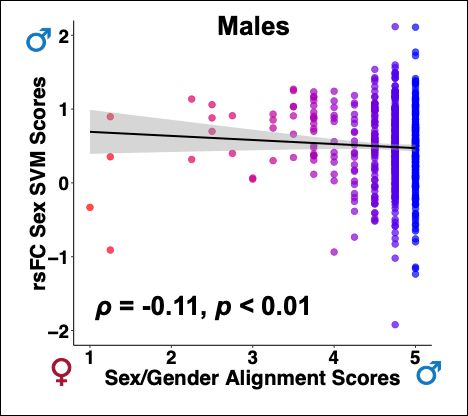








Check out our new article (doi.org/10.1016/j.dc...) now out in Developmental Cognitive Neuroscience.

Check out our new article (doi.org/10.1016/j.dc...) now out in Developmental Cognitive Neuroscience.
@cnsmtg.bsky.social

@cnsmtg.bsky.social
@cnsmtg.bsky.social @ndosenbach.bsky.social
Preprint here: www.biorxiv.org/content/10.1...

@cnsmtg.bsky.social @ndosenbach.bsky.social
Preprint here: www.biorxiv.org/content/10.1...

